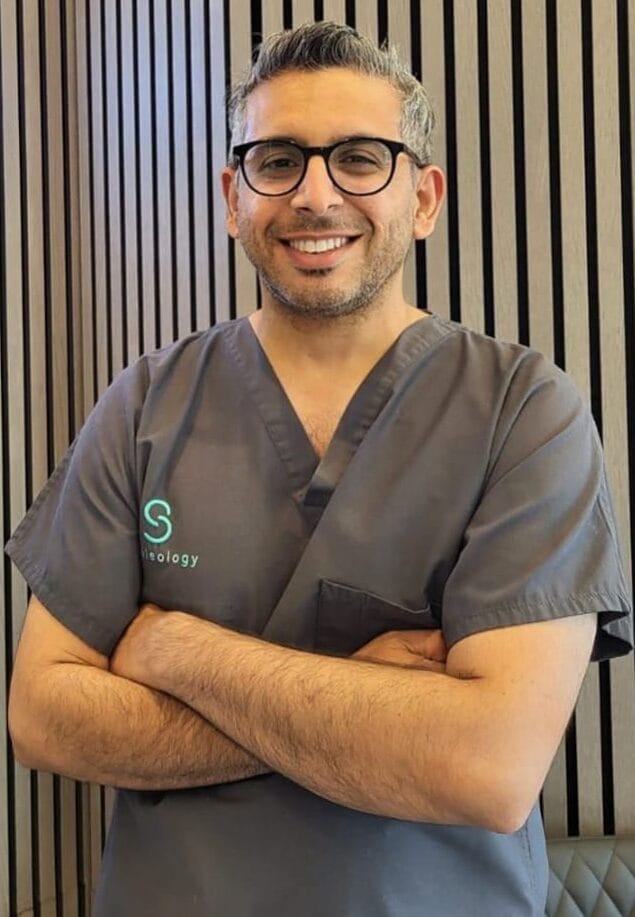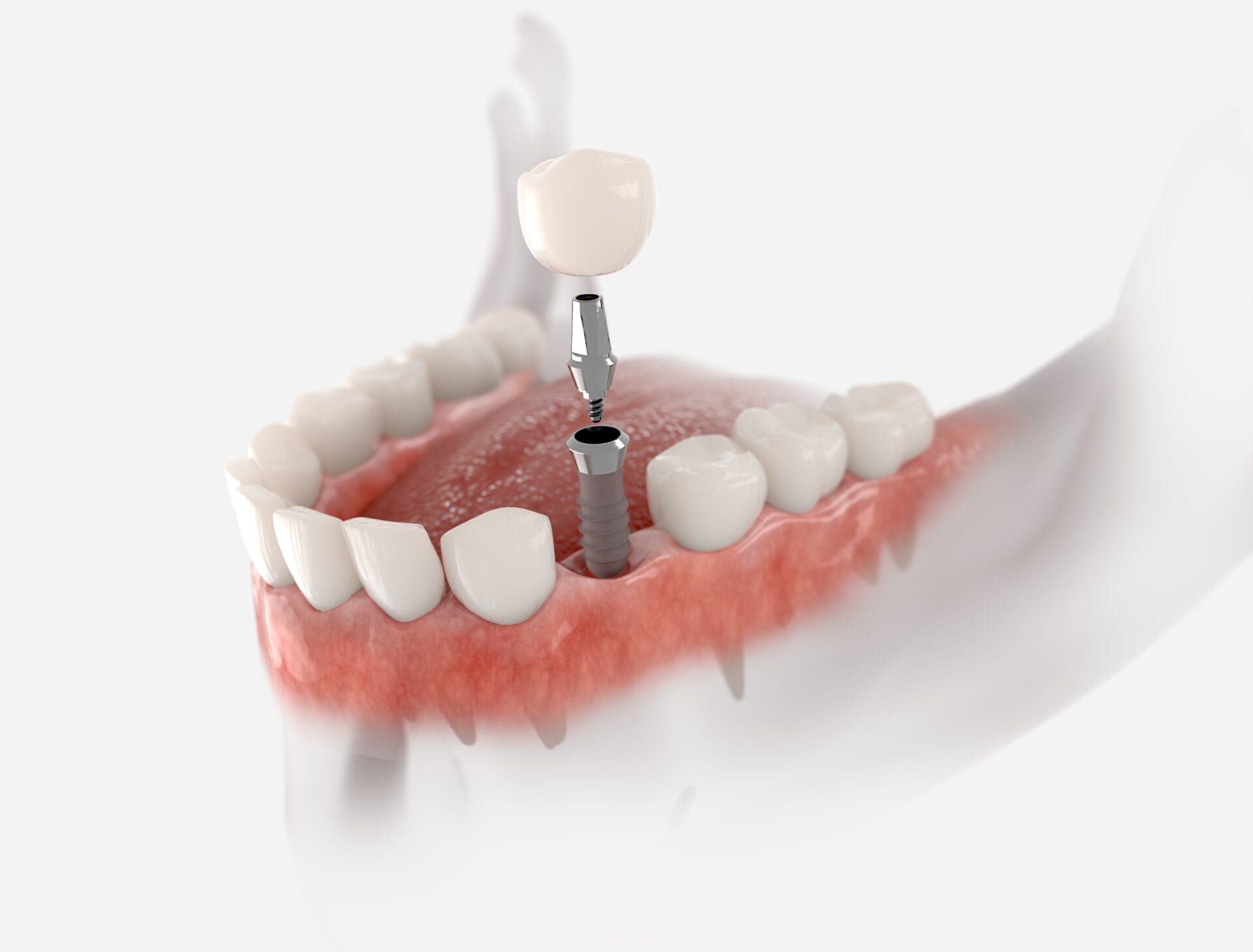Experience Quality Dental Implants Kent: Improve Your Confidence
Experience Quality Dental Implants Kent: Improve Your Confidence
Blog Article
Experience the most recent Innovations in Oral Implants Modern Technology
As the field of dental care continues to develop, the innovations in dental implant technology have been nothing brief of amazing. From using advanced products that boost resilience to the execution of digital imaging for precise positioning, these advancements are transforming the landscape of dental care. With minimally intrusive surgical techniques and the customization capabilities of 3D printing, individuals currently have actually accessibility to customized services that were once unbelievable. Furthermore, the assimilation of innovation is changing the performance of oral implants, assuring improved results and individual satisfaction.
Advanced Products for Boosted Toughness
In the world of oral implants technology, the combination of sophisticated products has considerably added to improving sturdiness and long life of these vital oral prosthetics. The use of products such as titanium alloys, zirconia, and ceramic substances has reinvented the field by offering increased resistance, toughness, and biocompatibility to rust.
Titanium alloys are extensively utilized in oral implants as a result of their exceptional strength-to-weight proportion, corrosion resistance, and compatibility with the human body. These alloys make sure the security and longevity of the dental implant by withstanding the pressures exerted throughout chewing and speaking, supplying a reputable remedy for individuals seeking resilient tooth substitutes.
Zirconia, a sort of ceramic material, has obtained appeal for its biocompatibility and natural tooth-like look. Its high strength and resistance to put on make it an ideal choice for dental crowns and bridges, enhancing the total appearances and capability of the implant.

Digital Imaging for Exact Positioning
The development of oral implants modern technology has actually further progressed with the assimilation of digital imaging techniques, making certain specific positioning of these prosthetics for optimum useful and aesthetic end results. Digital imaging plays an essential duty in the preparation and positioning of oral implants by giving detailed 3D photos of the person's jawbone framework. This technology allows dental professionals to evaluate bone thickness, locate important structures, and intend the specific position and angle for implant placement with unparalleled precision.
By making use of digital imaging, dental practitioners can create virtual surgical overviews that function as a roadmap during the dental implant positioning treatment. These overviews are personalized for each person, considering their unique composition and the desired result. This level of accuracy not only boosts the success rate of dental implant procedures but also minimizes the risk of difficulties.
Additionally, electronic imaging makes it possible for dentists to imagine the last prosthetic reconstruction before the real placement of implants, allowing for precise planning and ensuring that the outcome meets the client's aesthetic assumptions. On the whole, the combination of electronic imaging innovation has transformed the area of oral implants, offering people an extra foreseeable, effective, and patient-specific therapy strategy.

Minimally Invasive Surgical Methods


Advancements in surgical techniques have actually led to the growth of minimally invasive strategies in the field of oral implantology. These methods aim to reduce trauma to the person, shorten recovery times, additional info and enhance overall therapy results. Minimally intrusive operations entail smaller sized lacerations, specialized instruments, and progressed imaging modern technologies to exactly place oral implants with marginal disruption to surrounding tissues.
One trick element of minimally intrusive strategies is making use of directed surgery, where 3D imaging and computer-aided style software application are used to intend the dental implant placement with excellent precision. This enables a more foreseeable outcome and can frequently get rid of the demand for substantial flap surgical treatment.
In addition, developments in products and implant style have actually also contributed to the success of minimally invasive strategies. Implants with enhanced surface area buildings promote much faster osseointegration, minimizing the healing time required prior to the prosthetic remediation can be placed.
3D Printing for Custom-made Solutions
Utilizing 3D printing innovation in oral implantology permits for the development of very personalized services customized to private patient demands and anatomical variants. This innovative innovation allows oral professionals to make and make oral implants with exceptional accuracy and accuracy. By utilizing digital imaging strategies, such as cone light beam calculated tomography (CBCT), in-depth 3D models of the individual's dental dental caries can be created to direct the implant planning procedure.
One of the key benefits of 3D printing in dental implantology is the capability to produce patient-specific implants have a peek at this site that perfectly fit the one-of-a-kind makeup of each person. This tailored approach helps improve the general success and long life of the dental implant by making sure ideal fit and alignment. In addition, 3D printing permits the manufacturing of complex geometries and complex frameworks that would certainly be impossible or tough to achieve using standard manufacturing approaches.
Moreover, 3D printing innovation allows dental experts to streamline the implantation process, lowering surgical treatment time and boosting general patient experience. With its ability to develop tailored services quickly and efficiently, 3D printing is changing the field of oral implantology, offering people cutting-edge treatment alternatives and boosted outcomes.
Integrated Technology for Improved Capability
Carrying out advanced innovation in oral implantology enhances capability and accuracy, boosting the requirement of take care of clients going through dental implant procedures. Integrated technology plays an essential role in improving the general success and longevity of oral implants. One crucial improvement is the combination of electronic scanning and imaging innovations, such as cone-beam computed tomography (CBCT) and intraoral scanners. These devices permit for detailed 3D imaging of the person's oral structures, promoting exact treatment preparation and dental implant placement.
Moreover, the assimilation of computer-aided design and computer-aided manufacturing (CAD/CAM) modern technology makes it possible for the development of custom-made dental implant reconstructions with outstanding precision. CAD/CAM systems make use of digital impacts to design prosthetics that perfectly fit the individual's unique composition, guaranteeing optimum convenience and capability. In addition, the usage of robotic-assisted surgical treatment in implant placement enhances accuracy and decreases the risk of human mistake.
Conclusion
In verdict, the current technologies in dental implants technology offer improved resilience via innovative products, exact positioning with electronic imaging, minimally intrusive medical methods, tailored solutions with 3D printing, and boosted performance with integrated innovation - Dental implants Kent. These advancements in dental implants modern technology are transforming the area and providing patients with important source even more reliable and efficient therapy choices for recovering their smiles and dental health
The combination of modern technology is transforming the functionality of oral implants, promising boosted results and patient contentment.
The advancement of dental implants technology has even more advanced with the integration of digital imaging methods, making sure accurate positioning of these prosthetics for optimal functional and visual outcomes. Minimally invasive medical treatments entail smaller sized incisions, specialized tools, and progressed imaging technologies to specifically position dental implants with minimal disruption to bordering cells.
Executing innovative modern technology in oral implantology improves performance and precision, raising the criterion of care for people undergoing dental implant procedures. Dental implants Kent. Integrated technology plays a crucial function in improving the general success and toughness of oral implants
Report this page